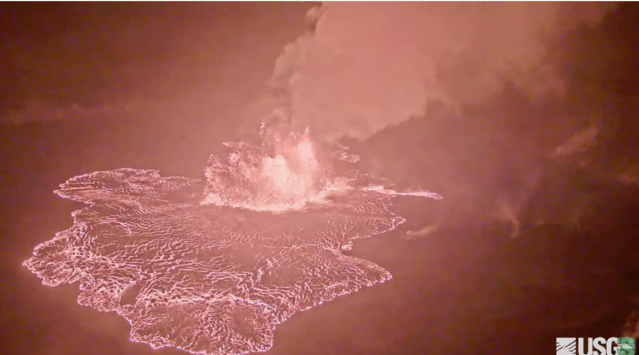Free Courses Sale ends Soon, Get It Now


Free Courses Sale ends Soon, Get It Now



Disclaimer: Copyright infringement not intended
Context
About Kilauea Volcano
Location and Geography:
Eruption History:
Types of Eruptions:
Impact and Hazards:
Monitoring and Research:
Tourism and Visitor Center:
|
PRACTICE QUESTION Q) Consider the following statements about lavas: 1. Basic lavas are very explosive in nature 2. Acidic lavas have low silica content and they travel long distances before cooling down 3. Basic lavas crystallize and form granite rocks Choose the correct options: A. 1 only B. 1 and 2 only C. All of the above 4. None Answer: D |
https://indianexpress.com/article/world/kilauea-volcano-erupts-hawaiis-big-island-8651199/
© 2024 iasgyan. All right reserved